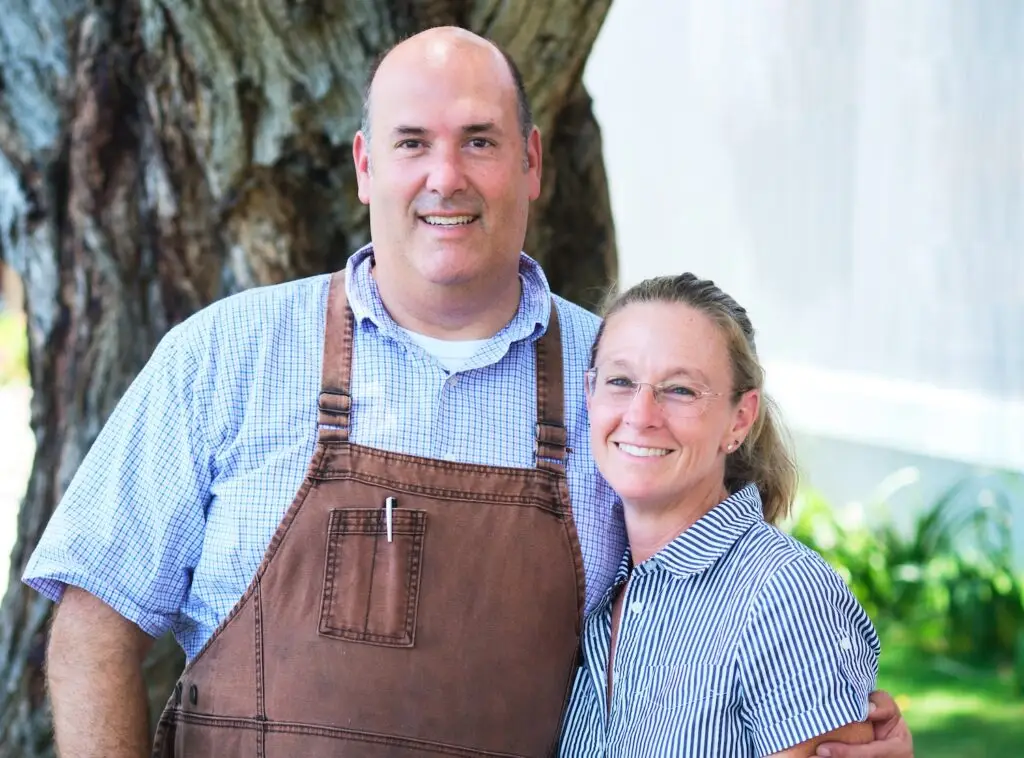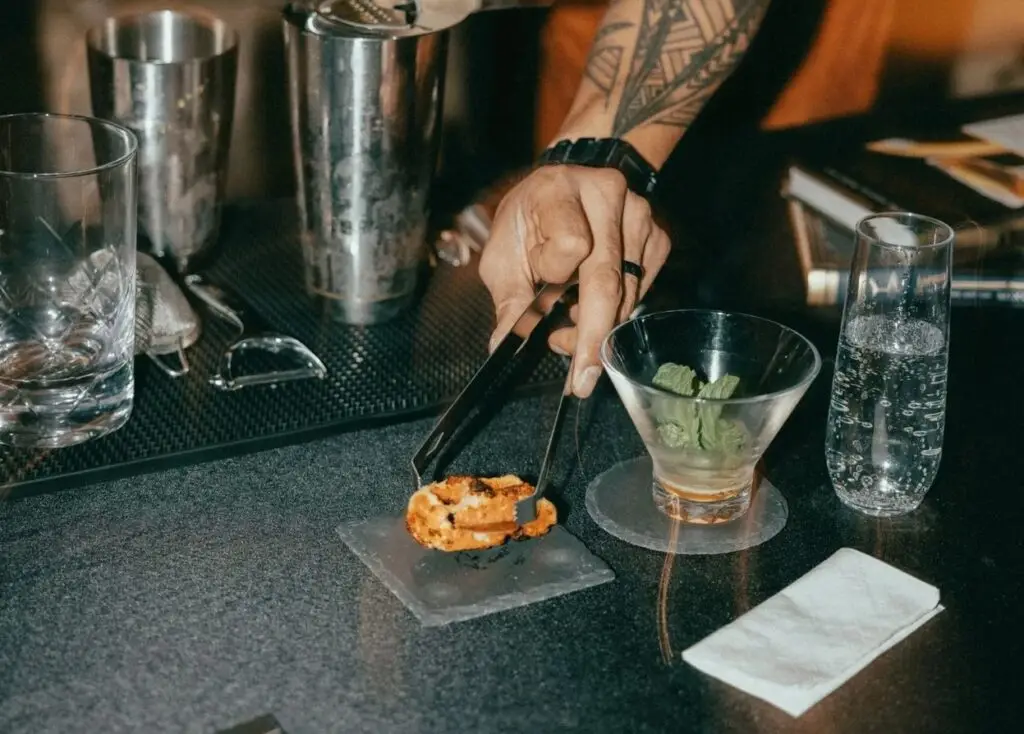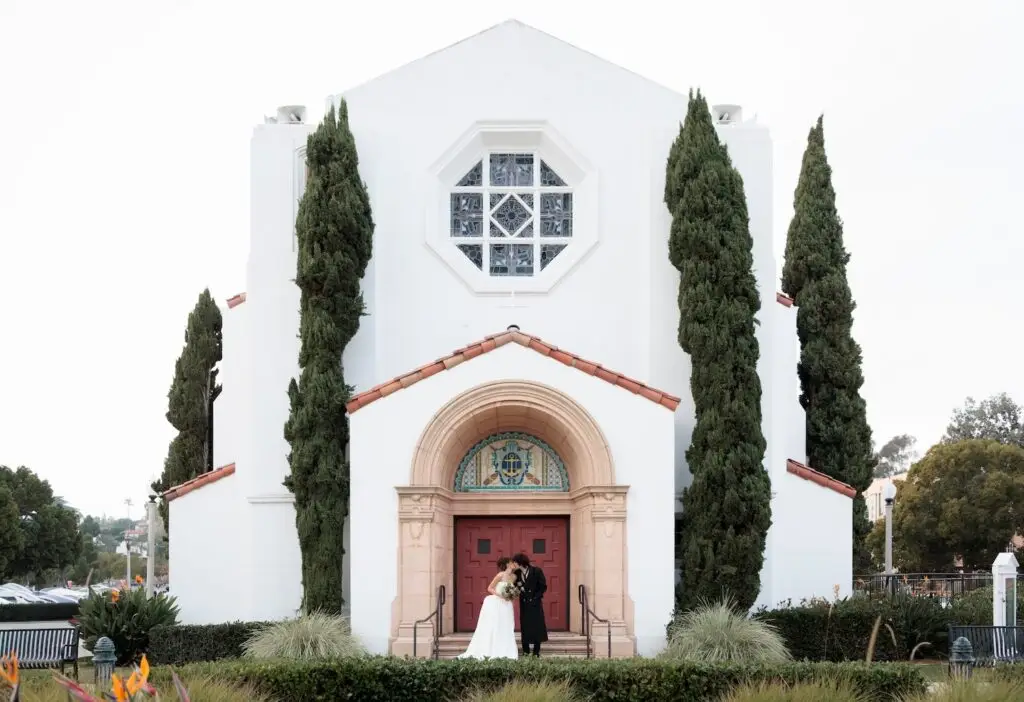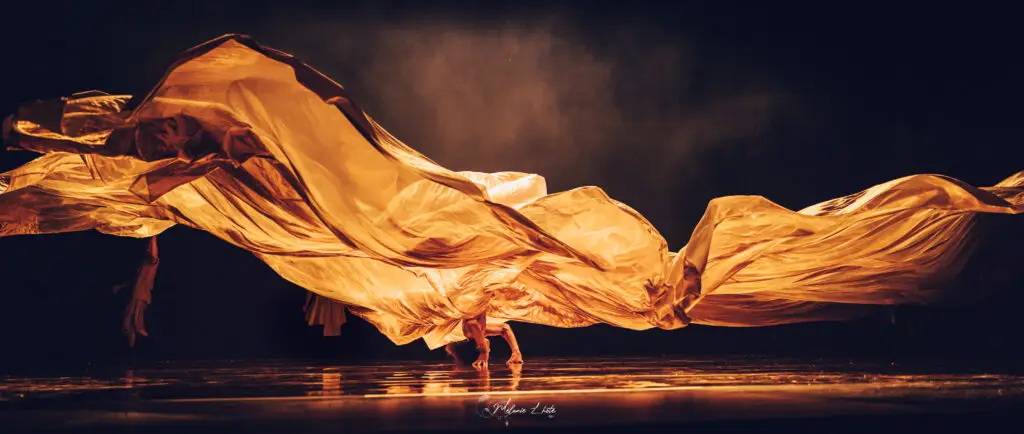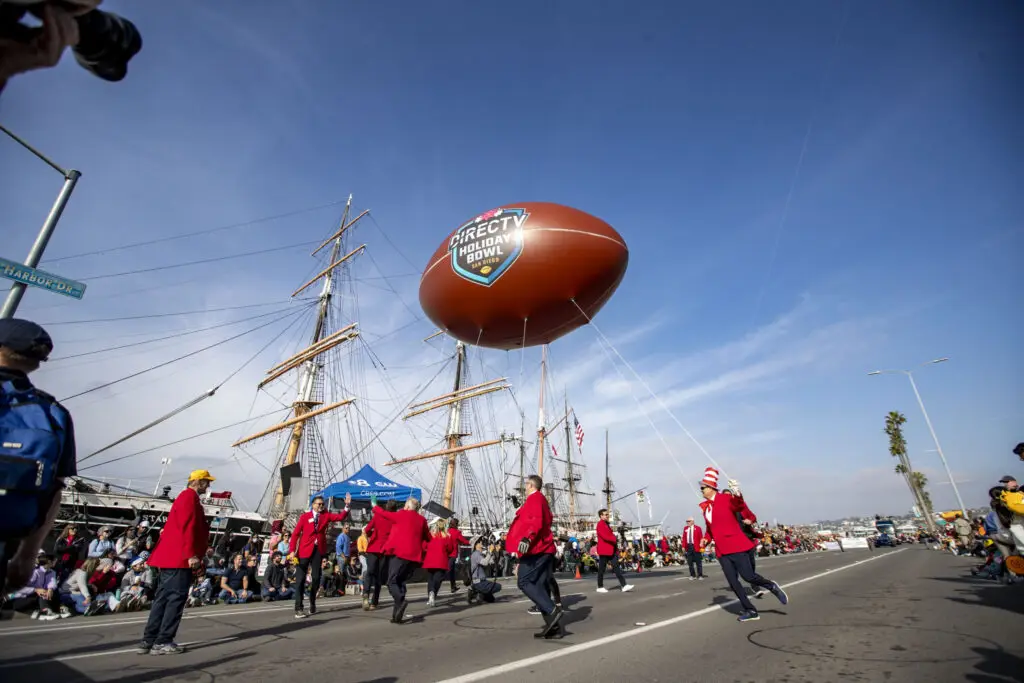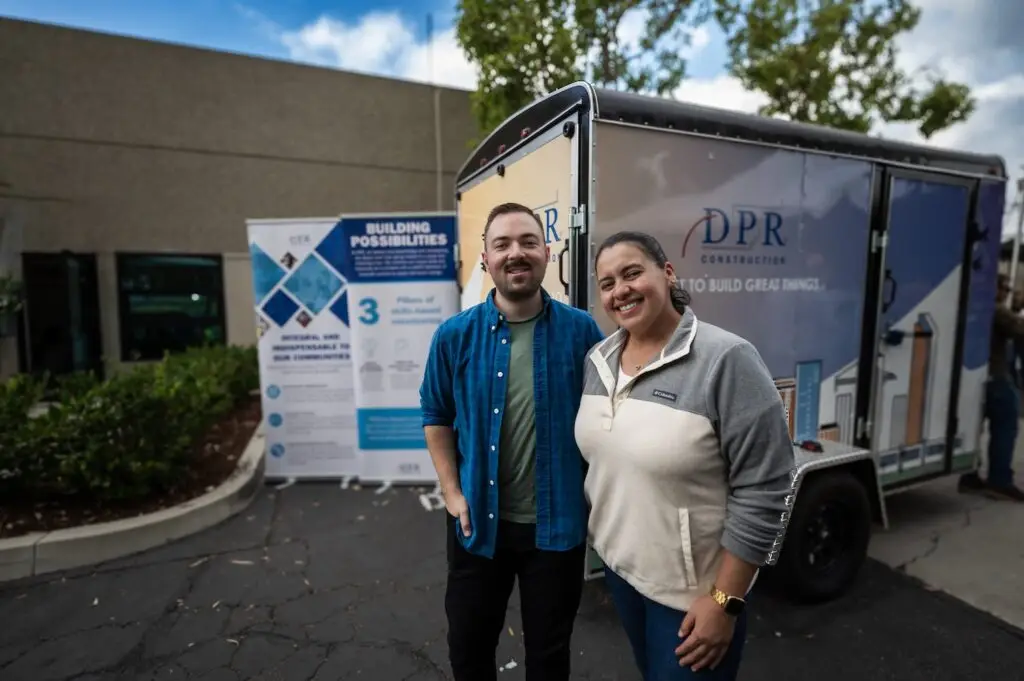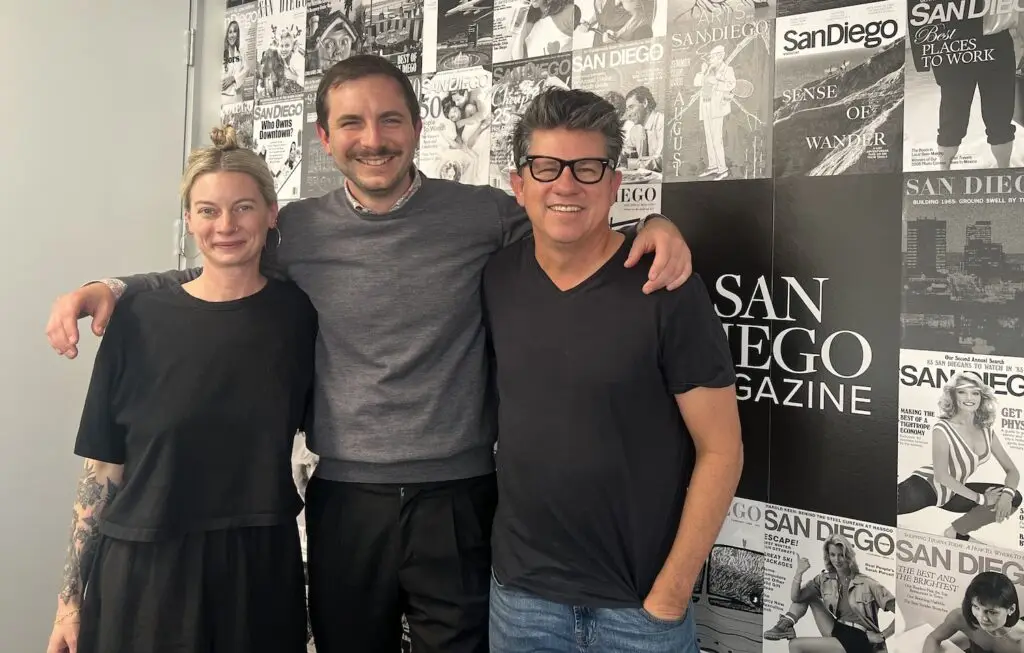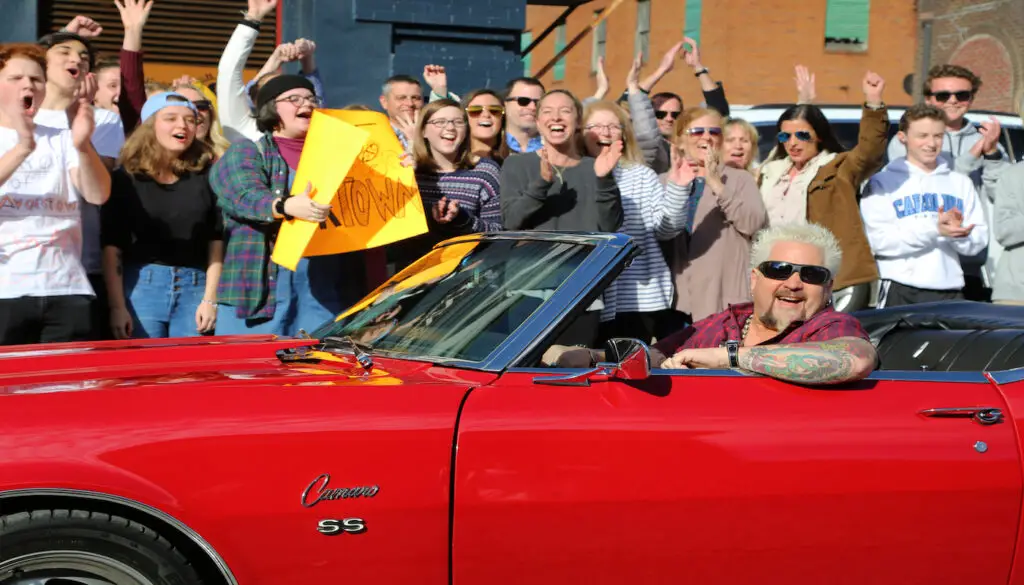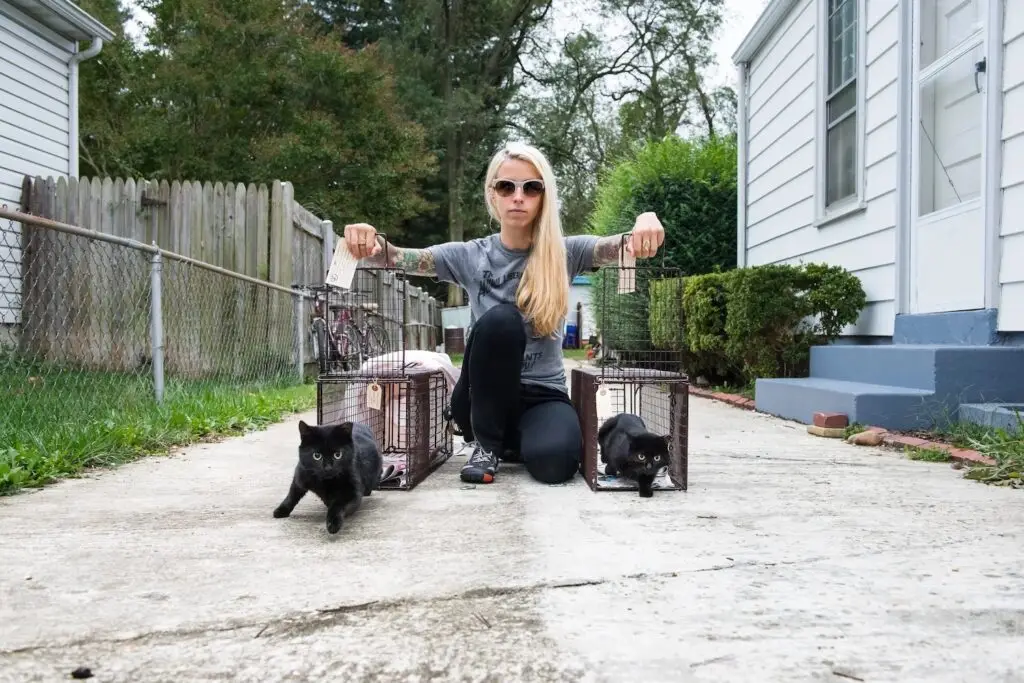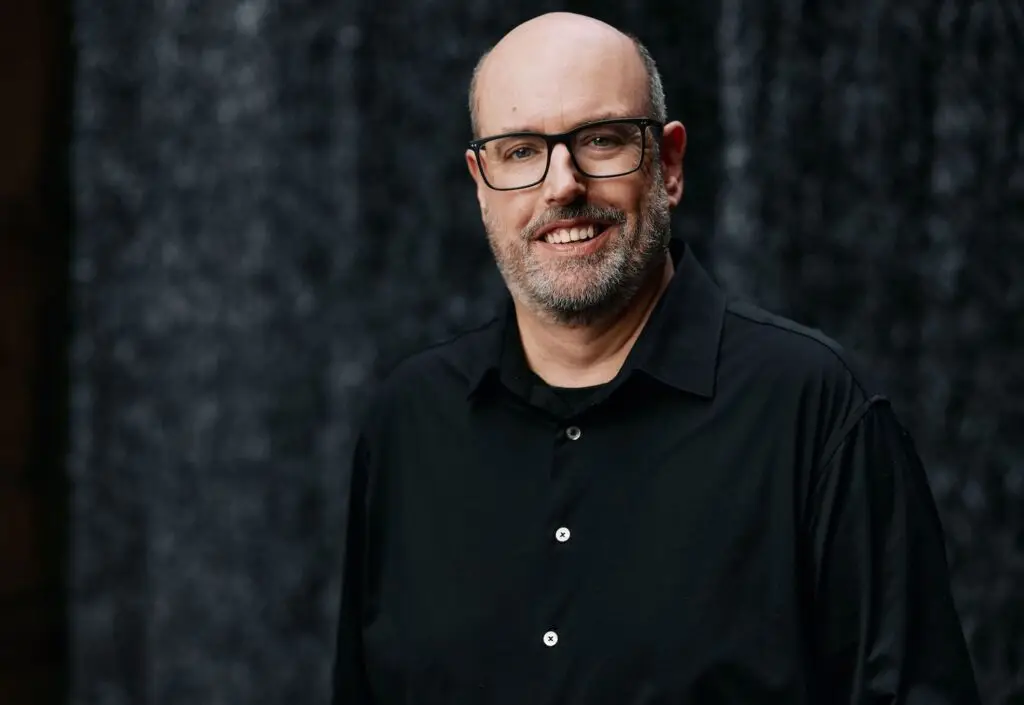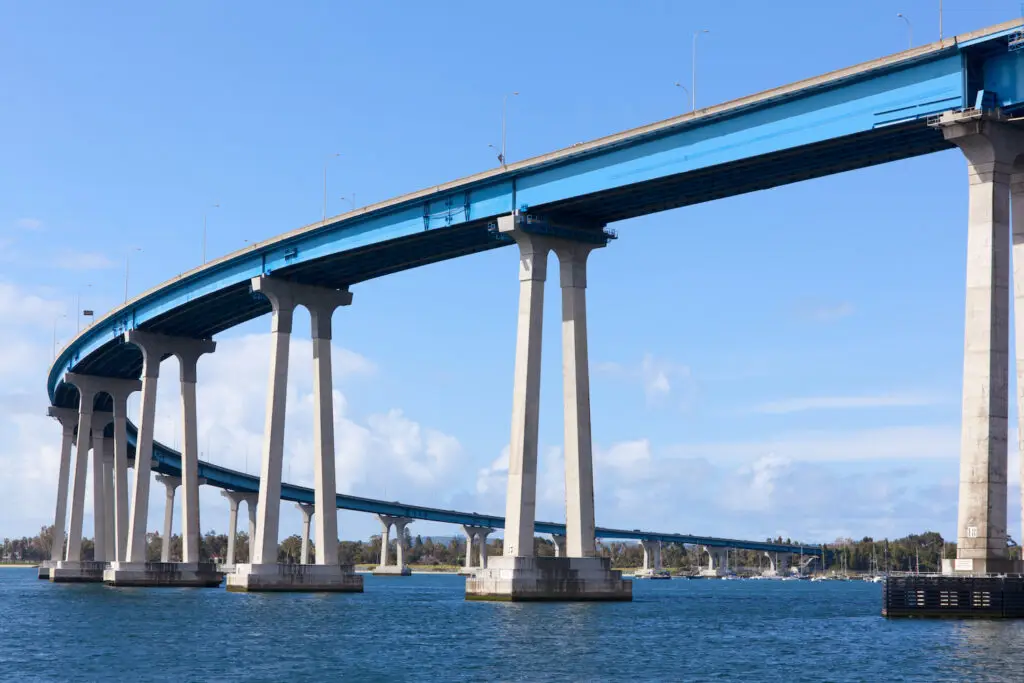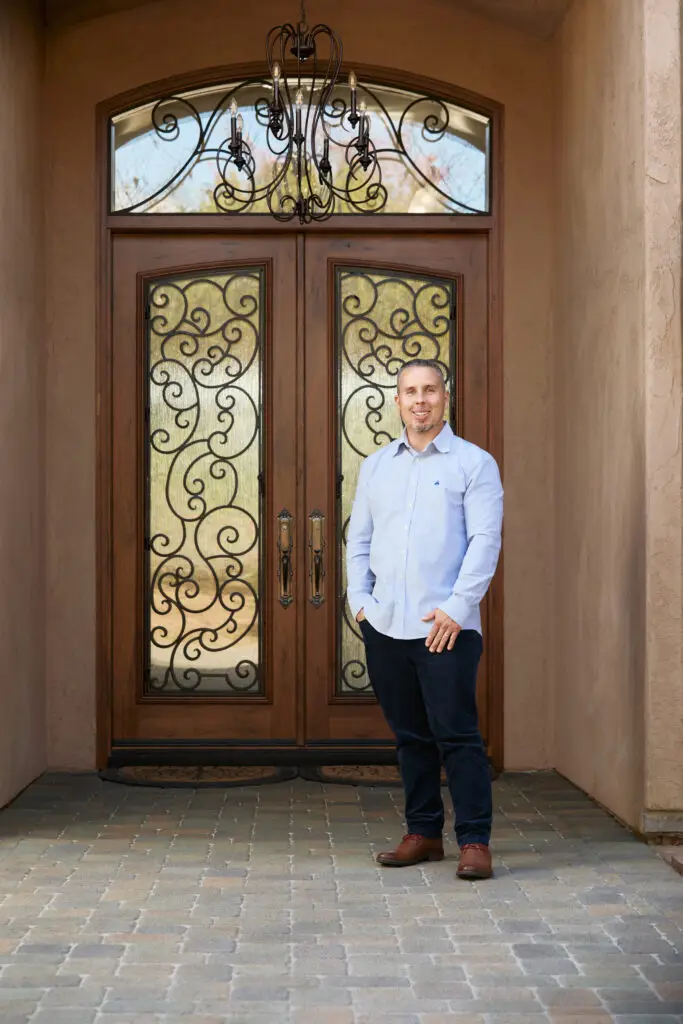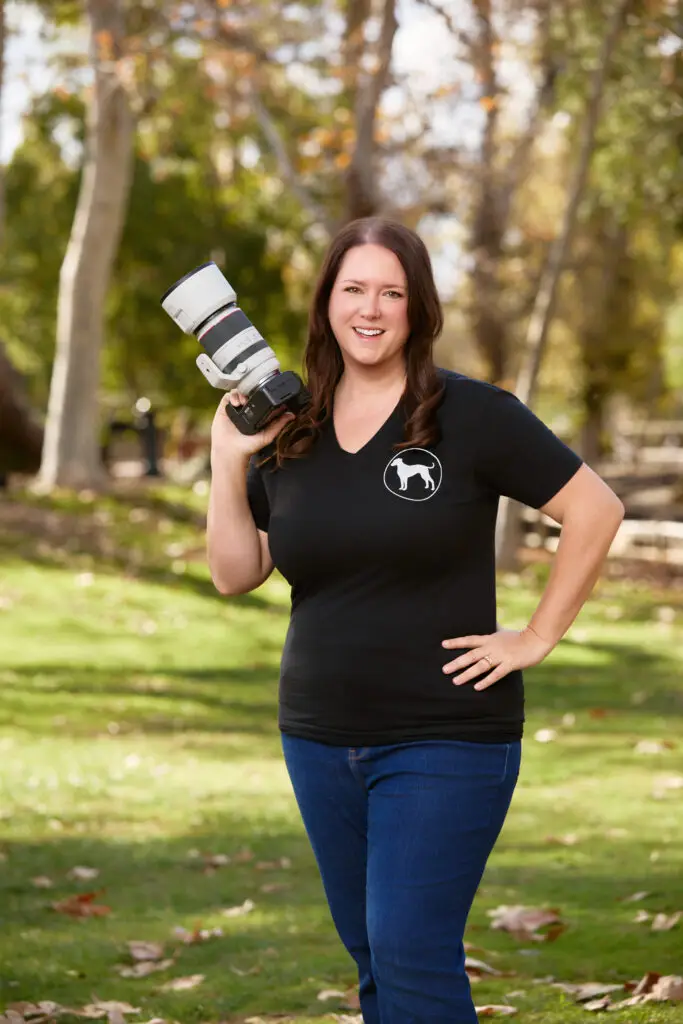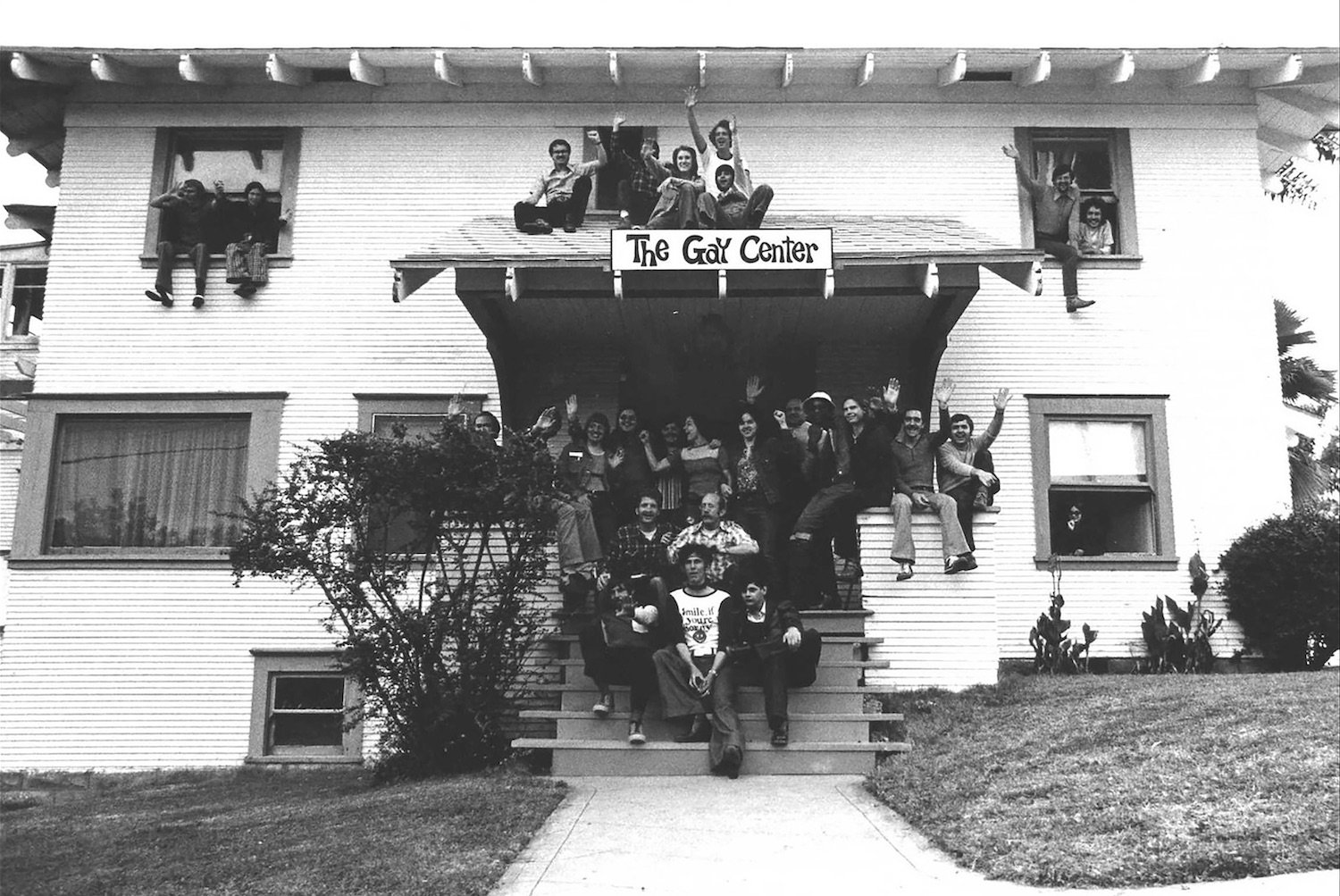We gays can’t agree on a time for brunch, let alone a landmark year in local queer history. So it’s no surprise that there’s a dispute over San Diego Pride’s origin story.
Some—let’s call them “originalists”—contend that our first Pride parade took place in the summer of 1974, exactly 50 years ago. That’s when a yard sale and potluck fundraiser at the local gay center reportedly ended with an unplanned march to Balboa Park.
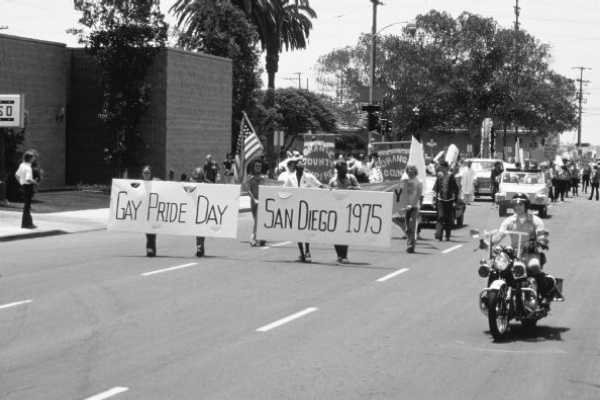
But others prefer to focus on 1975, when organizers went legit and got an official parade permit. About 400 people celebrated “Gay Pride Day” by sashaying through downtown and holding a rally. (Pride doesn’t need a permit, of course, but official recognition can make the public procession safer for participants.)
Either way, this year’s celebrations—taking place July 13–21 and expected to draw 1,000 times as many people as the 1975 event—are a great excuse to appreciate the rise of San Diego Pride over the last half-century.
Back in the mid-1970s, the Indigo Girls didn’t exist, countless women swooned over Rock Hudson and Liberace, and TV drag races hadn’t yet taught large swaths of America the definition of a “meaty tuck.” In fact, no one had ever heard of a flamboyant teenager named RuPaul Charles, who was growing up near Highway 94 and Euclid Avenue, although he’d soon win “Best Afro” and “Best Dancer” at Gompers Junior High.
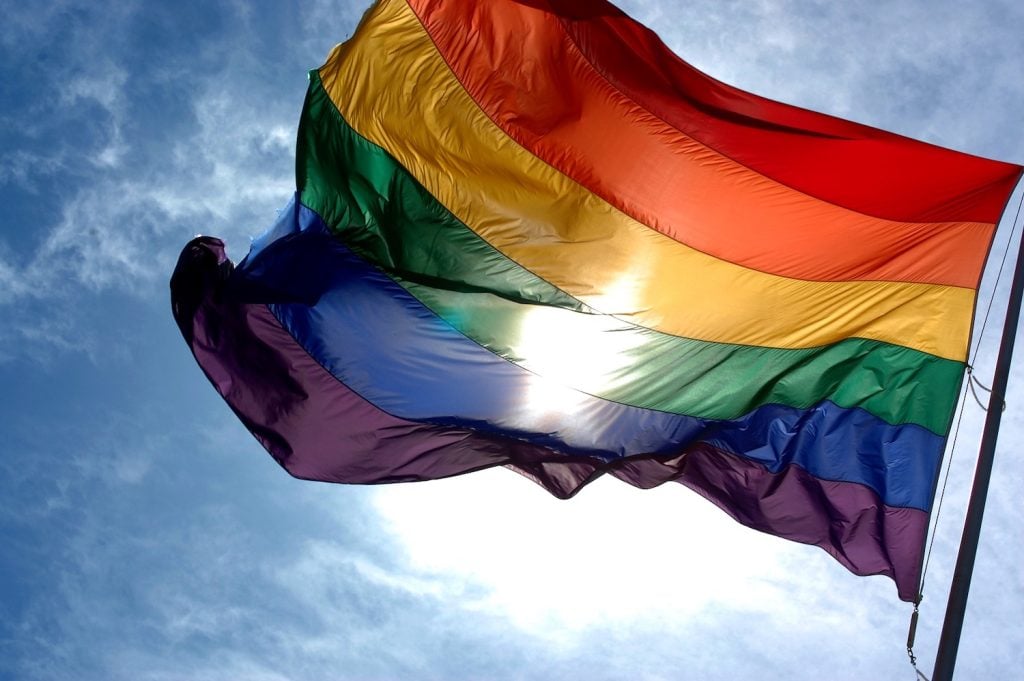
Still, this conservative Navy town boasted a rich—if hidden—queer past.
In the 19th and early 20th centuries, a gay male couple built the landmark Villa Montezuma mansion, and a pair of wealthy, most-likely-lesbian ladies hosted their close pals Mr. and Mrs. Teddy Roosevelt. Local queer culture really took off in the 1940s, when World War II brought gay servicemen and servicewomen to town. So many gay bars opened up that a book called USA Confidential warned darkly of “fairy dives” full of “prancing misfits in peekaboo blouses.” (Sign me up!)
By the mid-1970s, Hillcrest had begun its evolution into a gentrified gayborhood, and a police crackdown on gay men at a Mission Valley department store restroom united the queer community in activism for the first time.
Pride and politics have always gone hand in hand. An estimated 3,000 people marched in 1978, the year that California voters rejected a ballot initiative to ban gay teachers. The 1980s brought a focus on AIDS activism as crowds grew bigger and bigger. By the 1990s, when Pride festivities switched to July to avoid Pride Month’s June gloom, politicians from both parties began to show up in search of votes.
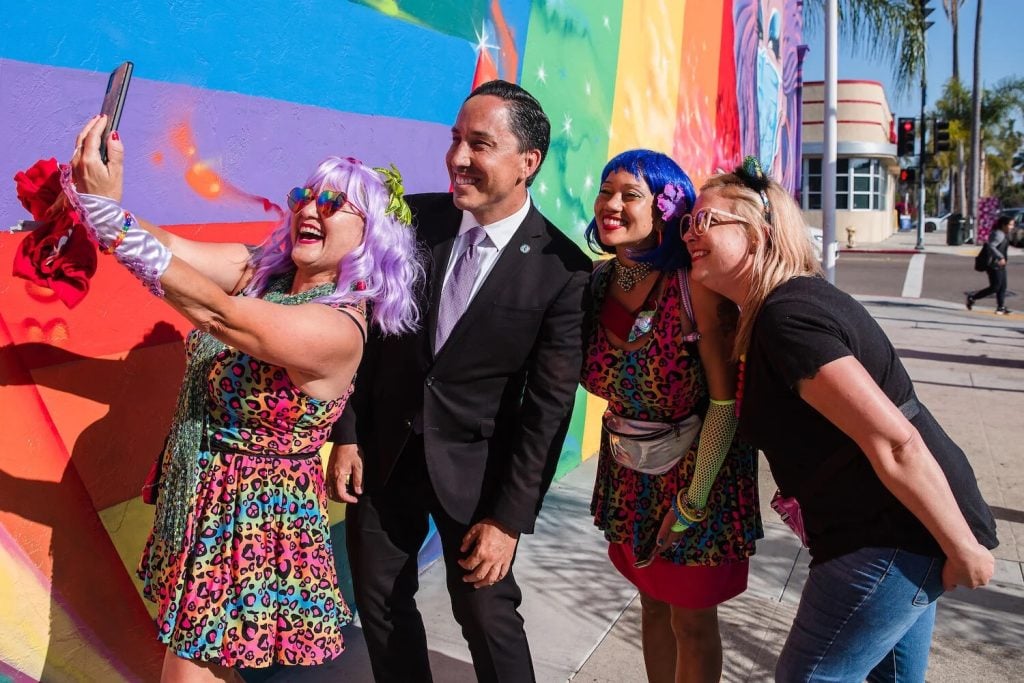
Then, just over 30 years ago, queer people started to take power themselves, led by women. Councilmembers were elected first. Then came LGBT state legislators and the county district attorney. Now, San Diego is the largest city in the country to have elected a gay man as mayor.
Of course, San Diego Pride hasn’t always been a land of unicorns, rainbows, and drag queens in nun outfits. Fundamentalists get a free-speech space every year where they can wave signs at paradegoers, getting one-fingered salutes in return. Pride organizers have faced financial problems, and a tear gas attack marred the 1999 parade. Recently, progressive LGBT activists assailed parade organizers for allowing the police to take part, in turn disturbing veteran activists who’d worked to forge a friendly relationship with local law enforcement.
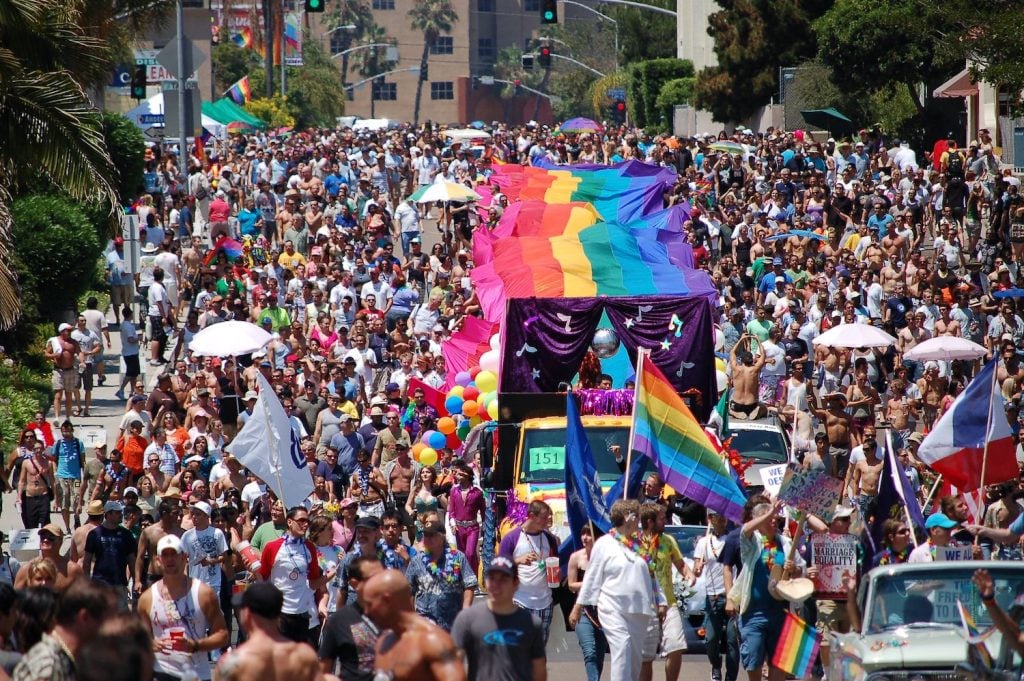
This year, the Pride parade will feature the usual fabulousness: Dykes on Bikes (it’s okay to say that; it’s their name), glittery marching bands, and more skimpy outfits than you can shake a pair of short-shorts at.
As always, though, San Diego Pride will be more than an excuse to party under the summer sun and flirt with him, her, or them (in every sense of the word). It’s all about loudly and proudly proclaiming,
PARTNER CONTENT
“We’re here, we’re queer, get used to it!”
“We’re no less citizens because we are gay,” an attendee told a local TV reporter at the 1978 parade. Now, as then, it’s a message that unites people who disagree about plenty of stuff. And it’s a message that still resonates because progress, unlike fabulousness, is a mighty fragile thing.
